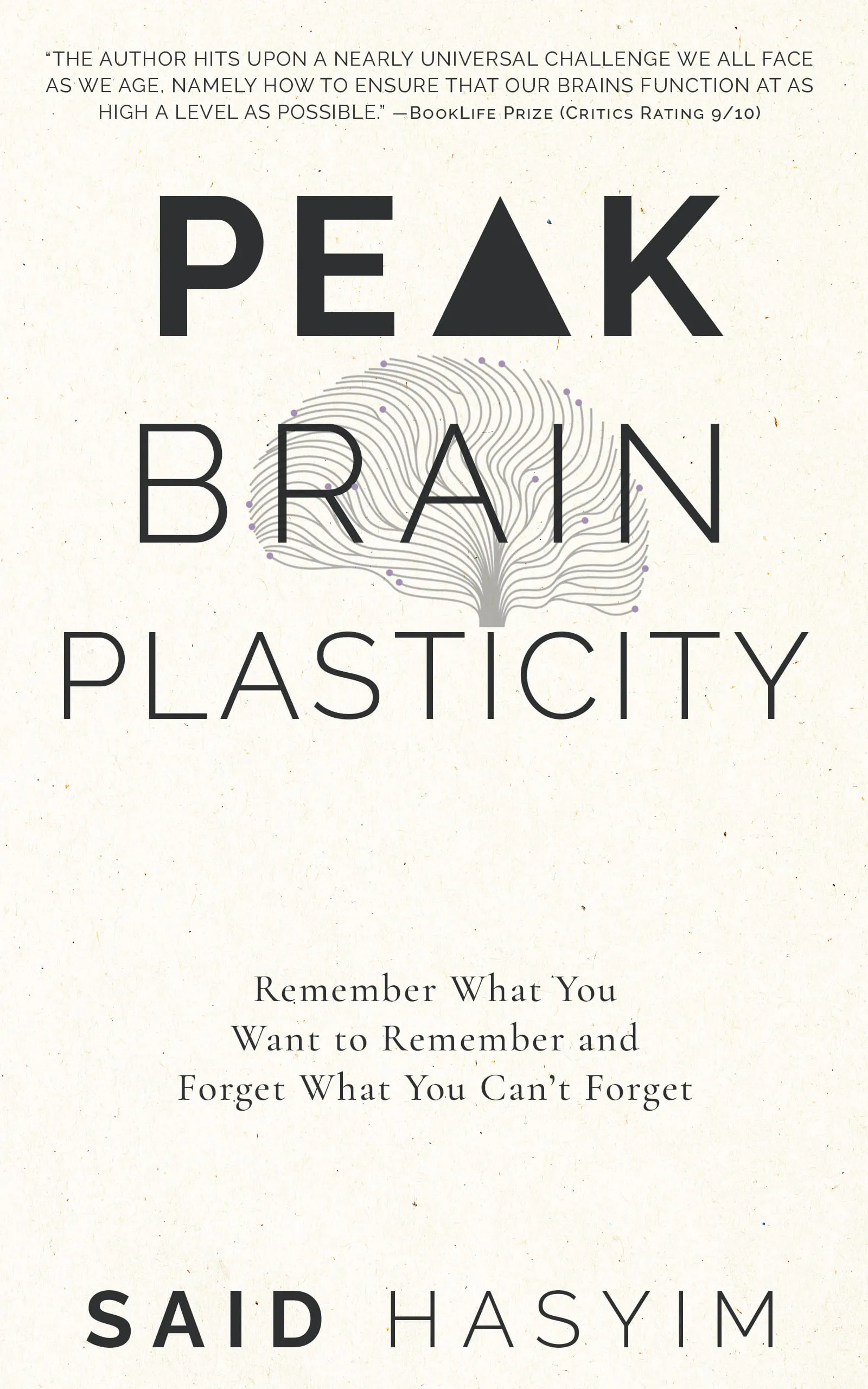Understanding Short-Term vs Long-Term Memory
Memory is a fascinating aspect of human cognition, encompassing the processes through which we encode, store, and retrieve information. Among the various types of memory, short-term memory and long-term memory are essential components that work together to form our experience of the world. While both play crucial roles in how we learn and retain information, they operate in markedly different ways. In this post, we will explore the characteristics, functions, differences, and interrelationships of short-term and long-term memory.
What is Short-Term Memory?
Short-term memory (STM), also known as working memory, is the system that temporarily holds and processes information. This type of memory is essential for tasks that require immediate retention and manipulation of data. Here are some key characteristics of short-term memory:
Duration: Short-term memory is characterized by its brief storage capacity. Information typically lasts only about 20 to 30 seconds unless actively rehearsed.
Capacity: The classic theory proposed by psychologist George A. Miller in 1956 suggests that short-term memory can hold about 7 plus or minus 2 items (the “magical number seven”). However, recent research indicates that the actual capacity may be lower, averaging around 4 items.
Function: Short-term memory is involved in the immediate tasks we perform in our daily lives, such as remembering a phone number long enough to dial it, following a conversation, or keeping track of steps while completing a task.
Encoding: Information is often encoded in short-term memory phonetically, as we tend to remember sounds rather than visual representations. However, visual and semantic encoding also play a role depending on the context.
What is Long-Term Memory?
Long-term memory (LTM) refers to the storage of information over extended periods, ranging from days to a lifetime. This type of memory enables us to retain the vast amount of information we acquire throughout our lives. Key characteristics of long-term memory include:
Duration: Long-term memory can store information for days, months, years, or even a lifetime. This durability allows us to recall experiences from childhood or facts learned during our education.
Capacity: The capacity for long-term memory is virtually limitless, which means that we can store an immense amount of information without running out of space.
Function: Long-term memory is essential for retaining knowledge, skills, and experiences. It encompasses various types of memory, including episodic (personal experiences), semantic (factual knowledge), and procedural (skills and actions) memory.
Encoding: Information in long-term memory is typically encoded semantically, meaning that we remember the meaning of information rather than just its superficial aspects. This type of encoding enables us to make connections and understand relationships between different pieces of information.
Key Differences Between Short-Term and Long-Term Memory
Understanding the differences between short-term and long-term memory is crucial for grasping how our cognitive processes work:
| Aspect | Short-Term Memory | Long-Term Memory |
|---|---|---|
| Duration | 20-30 seconds | Days to a lifetime |
| Capacity | Limited (approximately 4-7 items) | Virtually limitless |
| Encoding | Primarily phonetic and visual | Primarily semantic |
| Function | Immediate tasks and temporary storage | Permanent retention of knowledge and experiences |
The Interrelationship Between Short-Term and Long-Term Memory
While short-term and long-term memory are distinct systems, they are interconnected. The process of transferring information from short-term memory to long-term memory is known as encoding, which can occur through various methods, including:
Rehearsal: Repetitive practice or mental review of information can help to reinforce memory and transition information from short-term to long-term storage. This could involve reciting a list of items or summarizing a lecture.
Elaboration: Making meaningful connections to the information enhances our ability to remember. For example, associating new knowledge with existing knowledge or relating it to personal experiences can facilitate the encoding process.
Organization: Structuring information in a way that makes it easier to process can help in transferring it to long-term memory. Techniques such as chunking — breaking down complex information into smaller, manageable units — can be particularly effective.
Emotion: Emotionally charged events are often remembered better than neutral ones due to the role of emotions in enhancing memory consolidation. Experiences that elicit strong feelings tend to create more robust long-term memories.
Conclusion
The human memory system is an intricate interplay between short-term and long-term memory, each serving unique purposes while relying on one another for optimal function. Short-term memory allows us to process information in the moment, while long-term memory enables us to store and recall vital information throughout our lives. Understanding the nuances of these memory systems not only sheds light on our cognitive functions but also highlights the importance of effective learning strategies.
Whether you are a student striving to retain information for an exam or an individual seeking to improve your everyday memory, comprehending how short-term and long-term memory work can empower you to utilize effective techniques for better learning and recall. Embrace the fascinating world of memory, and explore the countless ways it shapes our experiences and understanding of the world around us.
Harness the Power of Neuroplasticity
Discover Peak Brain Plasticity, a practical book to harnessing neuroplasticity. Enhance your memory, learn new languages quickly, and alleviate anxiety with effective study methods. Uncover daily habits that impact cognitive health and explore techniques for accelerated learning and memory retention. Unlock your brain's potential for growth and transformation.
